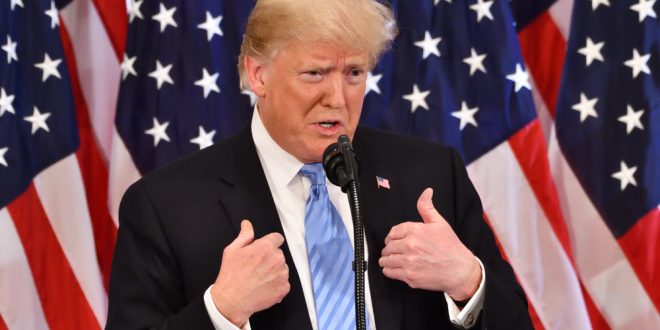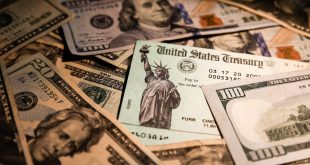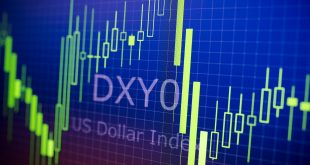
US Dollar Holds Ground as Trade Deals and Trump’s Fed Visit Stir Market Dynamics
On Thursday, July 24, 2025, the US Dollar found its footing after a turbulent midweek drop, bolstered by renewed optimism in global trade and heightened anticipation surrounding US President Donald Trump’s visit to the Federal Reserve. The US Dollar Index (DXY), which measures the Greenback against a basket of six major currencies, stabilized above the critical 97.00 support, trading near 97.30 during the American session at 8:33 PM EEST. Progress in tariff negotiations with Japan, Indonesia, and the Philippines, coupled with hopes for a US-EU trade agreement, lifted risk appetite, reducing safe-haven demand for the dollar. However, concerns over the Federal Reserve’s independence, amplified by Trump’s scheduled 20:00 GMT appearance at its Washington headquarters, kept markets on high alert, signaling potential volatility in currency and bond markets.
Global trade developments were a key driver of the dollar’s resilience. A landmark US-Japan trade agreement, alongside new 19% tariff deals with Indonesia and the Philippines, marked a significant step toward de-escalating trade tensions. Trump hailed these agreements as “fair and historic,” hinting at further negotiations with the EU and India before the August 1 deadline. Reports indicate a potential US-EU deal could set a 15% baseline tariff on most EU exports, with exemptions for critical sectors like aircraft and medical devices, a sharp contrast to earlier threats of 30% tariffs. The EU, bracing for potential setbacks, has prepared a €90-100 billion retaliatory tariff package targeting US goods, maintaining an undercurrent of uncertainty that continues to influence market sentiment.
US economic indicators presented a mixed picture, adding complexity to the dollar’s trajectory. The preliminary S&P Global Composite PMI for July climbed to 54.6 from 52.9, reflecting the strongest business activity in seven months, driven by a robust Services PMI of 55.2, which surpassed expectations of 53.0. However, the Manufacturing PMI slumped to 49.5, below the forecasted 52.5, signaling contraction and highlighting uneven economic momentum. Labor market data offered some support, with Initial Jobless Claims dropping to 217,000 for the week ending July 19, beating expectations of 227,000 and marking the lowest level since mid-April. Continuing Claims, however, rose to 1.955 million, suggesting a gradual slowdown in rehiring. These divergent signals kept the DXY range-bound, with investors looking to the Fed’s July 30 policy decision, widely expected to maintain rates at 4.25%-4.50%.
Trump’s visit to the Federal Reserve intensified scrutiny on Chair Jerome Powell, who faces pressure amid Trump’s criticism of high interest rates and the Fed’s $2.5 billion renovation project. While some Fed officials advocate for a July rate cut due to easing inflation, Powell’s data-driven stance points to a likely September move. The 10-year US Treasury yield, holding steady at 4.39% with strong foreign demand, provided a modest boost to the dollar. Global markets reflected the optimistic trade mood, with Japan’s Nikkei 225 soaring 1.59%, Europe’s STOXX 50 gaining nearly 1%, and US stock futures rising ahead of major tech earnings.
The US Dollar’s stability hangs in a delicate balance. Trade breakthroughs and solid economic data offer near-term support, but Trump’s influence and mixed PMI readings cloud the outlook. As the Fed navigates political pressures and markets await further trade developments, the Greenback’s trajectory remains vulnerable to shifts in global sentiment and policy decisions.
 Noor Trends News, Technical Analysis, Educational Tools and Recommendations
Noor Trends News, Technical Analysis, Educational Tools and Recommendations




